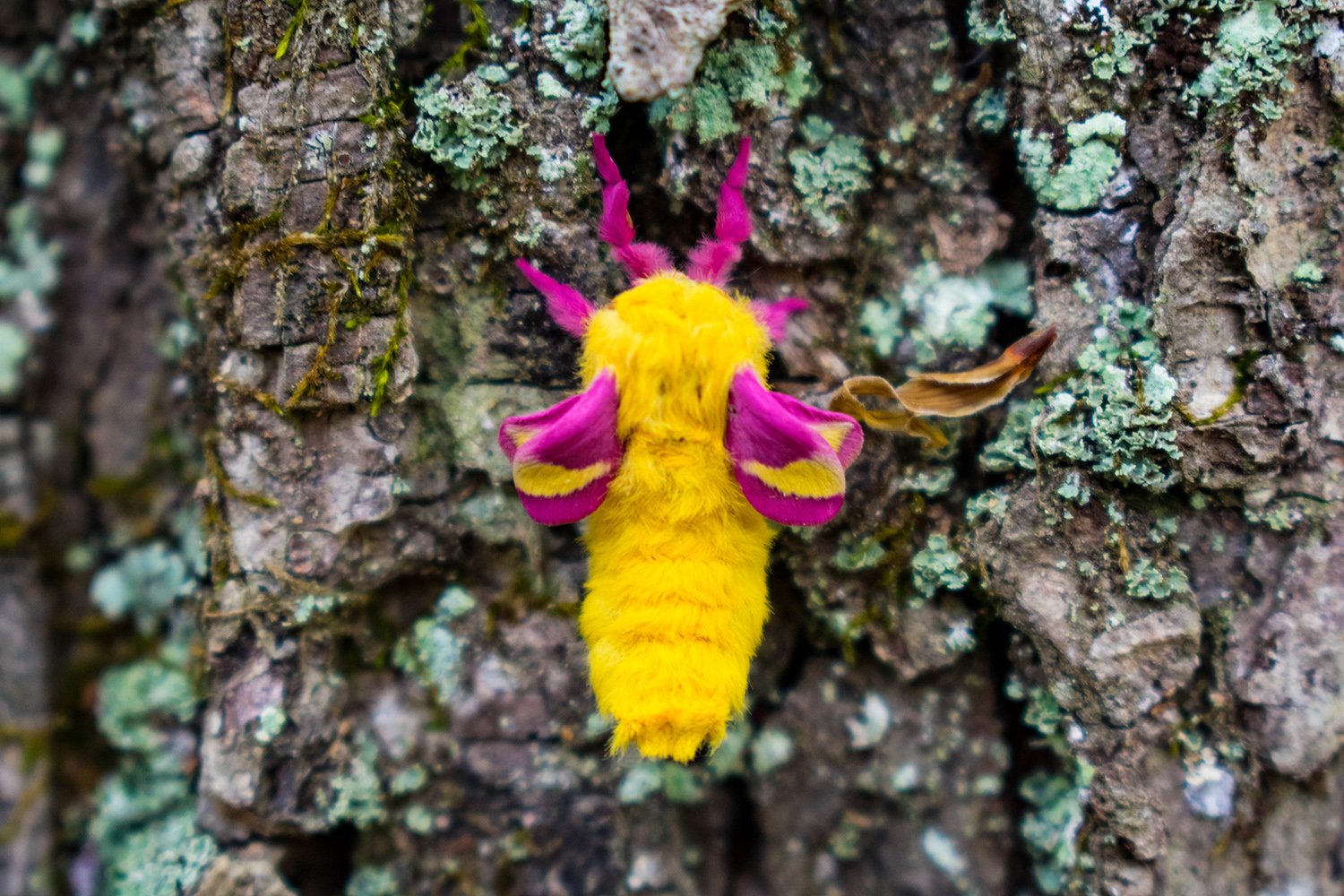

Even fresh after a rain, Rhodes finds new visitors in her yard transformed-once, she caught a lesser maple spanworm moth in the act of sipping on raindrops.Ī lesser maple spanworm moth sips on fallen raindrops in the Catskill Mountains. “When it’s warm, it’s going to look like Grand Central Station on a busy day in New York City, just insanity,” she says. On hot summer nights, so many moths land on her sheet that she stays up until 4 a.m. When the night is colder, moth traffic isn’t so hectic, so she might head in early at 1 a.m. Rhodes says every mothing night is different. She adds, “mothing could be the new birding.” Mothing can be as simple as turning on the porchlight in your home and watching the moths it attracts. “It’s a perfect kind of pandemic activity,” Rhodes says. Instead, she found the ideal substitute activity: snapping pictures of moths, which are mostly nocturnal. On top of the lockdowns, she had a foot injury, so she couldn’t venture out on long daytime hikes and keep to her usual hobby of photographing birds.

She picked up her passion for observing moths-known as “mothing”-last year at the height of the pandemic. Rhodes has been photographing these critters on most nights since May in advance of National Moth Week, which falls this week from July 17 to 25.

Amongst them is this large waved sphinx moth that was photographed in Rhodes’s home in the Catskill Mountains. Soon, hundreds of moths will flock to the floodlit fabric like actors taking center stage, jostling for the limelight. Then she puts several blacklights above the sheet and waits. She wanders out onto her yard in Woodstock, New York, and hangs a white bedsheet across two poles or her porch. When the night falls and most people start to turn in, wildlife conservation photographer Carla Rhodes grabs her camera and heads outside.


 0 kommentar(er)
0 kommentar(er)
